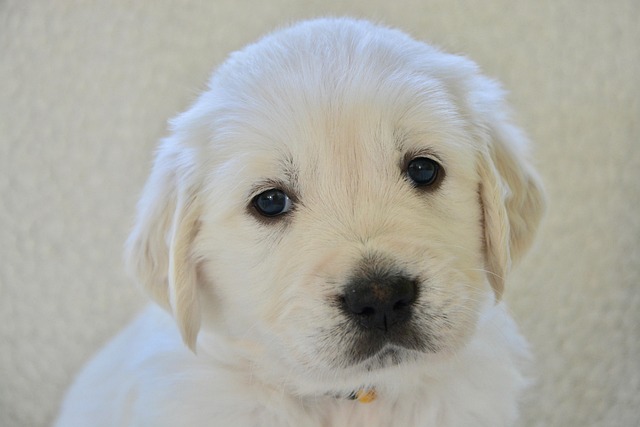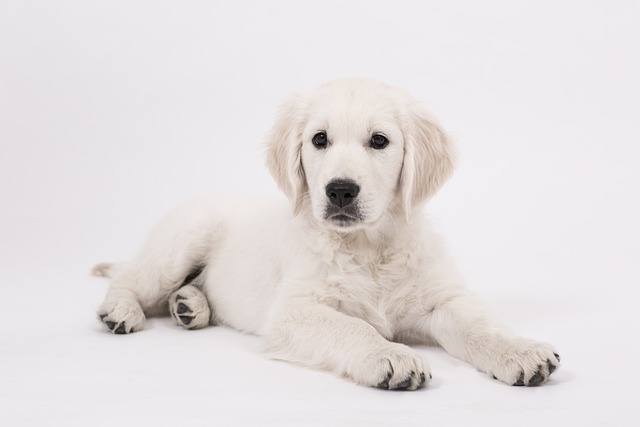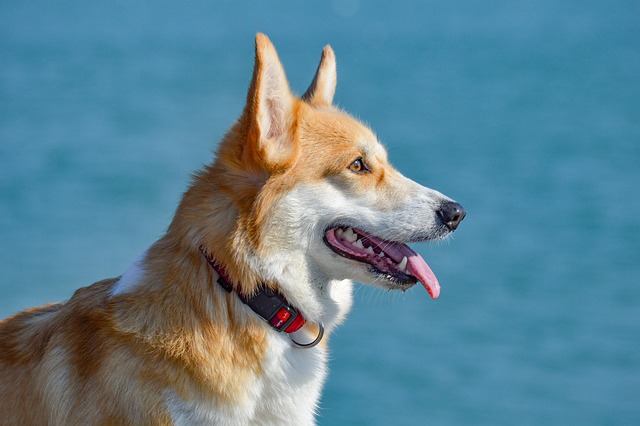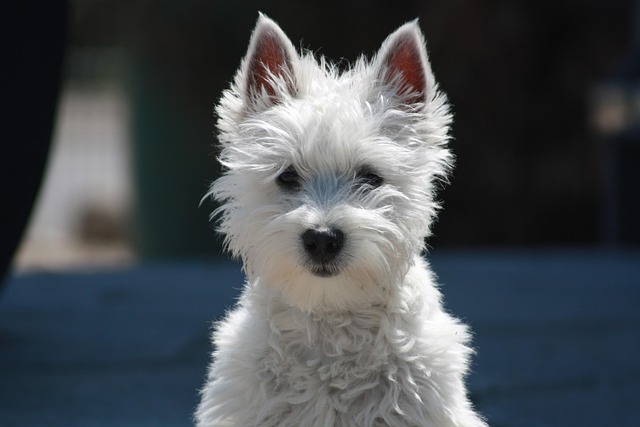When the dog at home suddenly shows its sharp teeth, or accidentally bites a family member while playing, the feeling of panic and distress instantly surges into the heart. Behind the dog's biting behavior, there is often fear, anxiety, territorial awareness or ignorant play habits. Solving this problem is not only related to the safety of family and others, but also a reflection of our deep love and responsibility for our furry children. Training a dog not to bite is like lighting a lamp for it in the fog, using professional methods and warm companionship to guide it to learn to get along with the world gently.
To effectively correct the dog's biting behavior, you must first understand their "language". Dogs do not express emotions in human language, but they convey information through body movements, barking and eye contact. When a dog's ears are pulled back against its head, its tail is tucked between its legs, and its body is trembling slightly, this is a sign of fear, and the attack may be in self-defense; when its hair is erect, its eyes are fierce, and it makes a low roar, it may be defending its territory or protecting its food. Understanding these subtle signals is like holding the key to unlocking the dog's inner world, allowing us to intervene in time before its emotions explode.
When puppies are young, biting things is one of their ways to explore the world, just like human babies use their mouths to perceive objects. But if not guided, this behavior may continue into adulthood and evolve into a dangerous biting habit. When puppies gently nibble their owners' hands while playing, many people think it is cute and do not stop them, but they don't know that this is a wrong signal. The correct way is to immediately make an exaggerated "ouch" when the puppy bites the skin, and the sound should be loud enough to attract its attention, and at the same time stop playing and pull your hand back. This sudden reaction will make the puppy realize that his behavior has brought bad results, just like a red light on the road of its exploration. After repeated attempts, it will gradually understand that biting will end the game, and thus learn to control its strength.
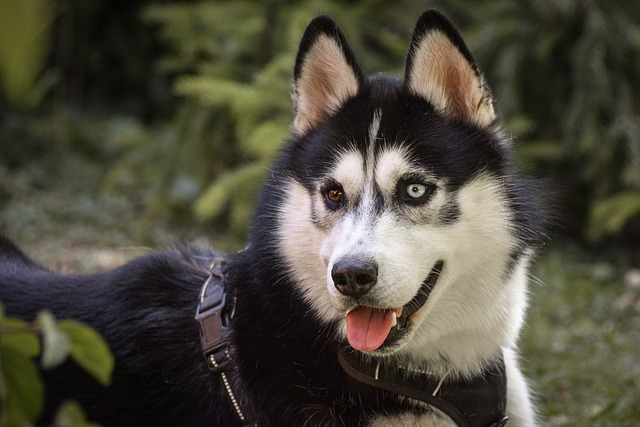 Positive motivation is the core method of training dogs not to bite. When dogs show gentle and non-biting behavior during play, owners should give rewards in time. A delicious snack, a warm hug, and words full of praise can make dogs associate this gentle behavior with positive experiences. For example, when a dog interacts with its owner, it just rubs its nose gently without opening its mouth to bite. The owner immediately hands over its favorite chicken jerky and happily says "good boy". This immediate reward will reinforce the dog's good behavior and make it more willing to repeat such performance. Unlike punitive education, positive motivation will not make dogs fear and resist, but learn the right way to get along with others in love and encouragement.
Positive motivation is the core method of training dogs not to bite. When dogs show gentle and non-biting behavior during play, owners should give rewards in time. A delicious snack, a warm hug, and words full of praise can make dogs associate this gentle behavior with positive experiences. For example, when a dog interacts with its owner, it just rubs its nose gently without opening its mouth to bite. The owner immediately hands over its favorite chicken jerky and happily says "good boy". This immediate reward will reinforce the dog's good behavior and make it more willing to repeat such performance. Unlike punitive education, positive motivation will not make dogs fear and resist, but learn the right way to get along with others in love and encouragement.
Socialization training also plays a key role in reducing dogs' biting behavior. Letting dogs come into contact with different people and animals from an early age and become familiar with various environments and sounds can help them build a sense of security and reduce aggressive behavior caused by unfamiliarity. Take your dog for a walk in the park and let it interact with other friendly dogs; invite friends to your home to let it get used to human touch and closeness. During this process, the owner should always pay attention to the dog's emotions, and comfort and guide it in time when it shows tension or anxiety.
For adult dogs that have developed the habit of biting people, training will be more difficult, but it is not impossible to change. At this time, more professional training and more patience are needed. Desensitization training can be used to gradually adapt the dog to the stimulation that may cause it to bite. For example, for dogs who are afraid of strangers, let the stranger approach slowly from a distance, and give rewards when the dog does not show aggressive behavior. Over time, gradually shorten the distance until the dog can calmly accept the approach of strangers.
Training a dog not to bite is a journey that requires time, expertise and love. In this process, we may encounter setbacks and feel tired, but as long as we think that the dog can integrate into life healthily and happily, and get along well with family and others, all the efforts become extraordinary.
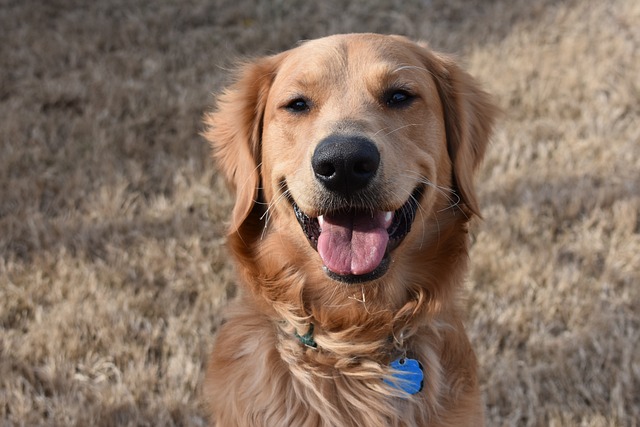
 Positive motivation is the core method of training dogs not to bite. When dogs show gentle and non-biting behavior during play, owners should give rewards in time. A delicious snack, a warm hug, and words full of praise can make dogs associate this gentle behavior with positive experiences. For example, when a dog interacts with its owner, it just rubs its nose gently without opening its mouth to bite. The owner immediately hands over its favorite chicken jerky and happily says "good boy". This immediate reward will reinforce the dog's good behavior and make it more willing to repeat such performance. Unlike punitive education, positive motivation will not make dogs fear and resist, but learn the right way to get along with others in love and encouragement.
Positive motivation is the core method of training dogs not to bite. When dogs show gentle and non-biting behavior during play, owners should give rewards in time. A delicious snack, a warm hug, and words full of praise can make dogs associate this gentle behavior with positive experiences. For example, when a dog interacts with its owner, it just rubs its nose gently without opening its mouth to bite. The owner immediately hands over its favorite chicken jerky and happily says "good boy". This immediate reward will reinforce the dog's good behavior and make it more willing to repeat such performance. Unlike punitive education, positive motivation will not make dogs fear and resist, but learn the right way to get along with others in love and encouragement. 